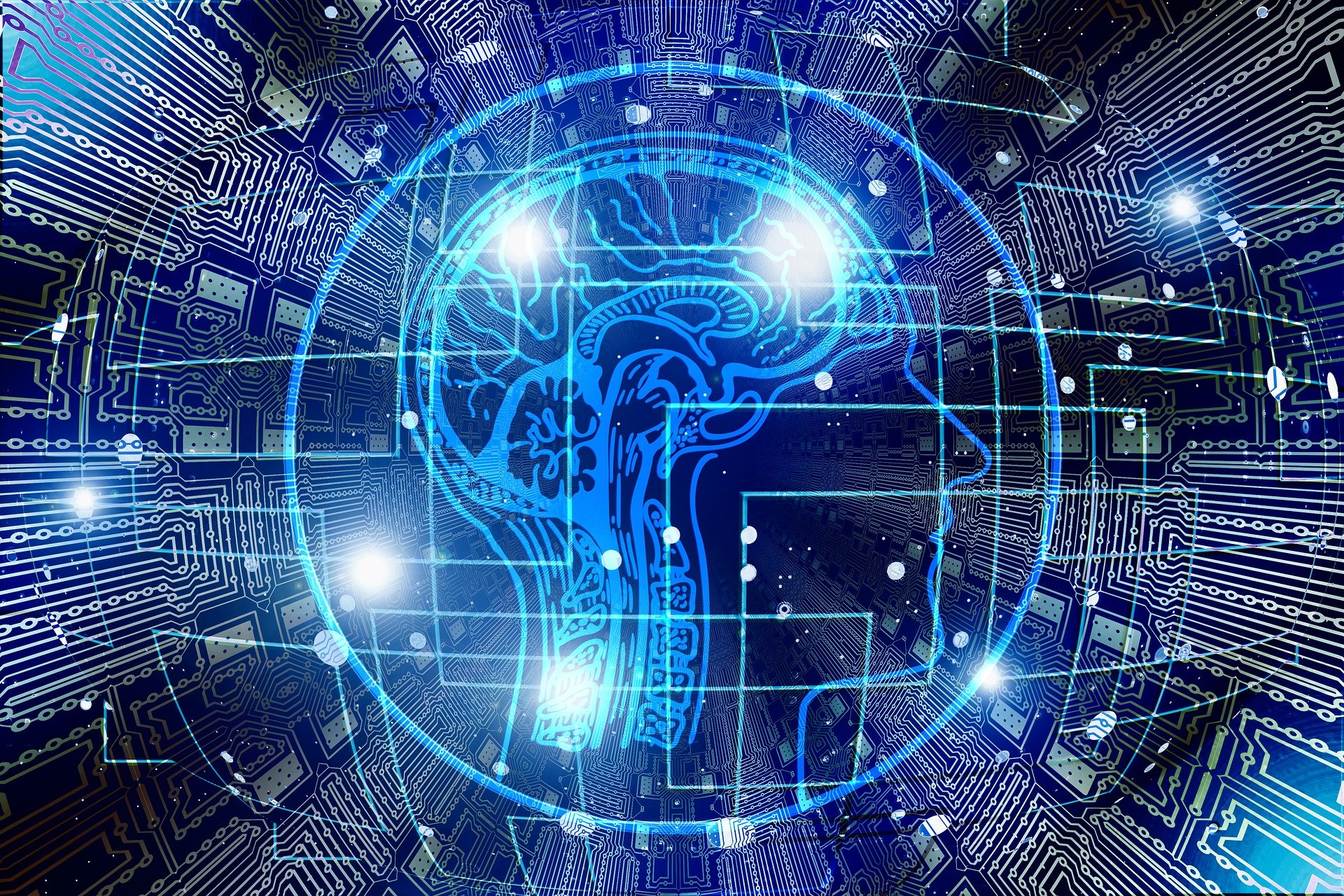MBO Basics

The Function of MBO
While there are a number of underlying features, there are a couple of principles and models that are worth noting:

Principle One: Take Control of What You Can Control
There was a man that had been shot and wounded by a poisoned arrow. His family wanted to find a doctor to help him, but the man said no.
The man said that before any doctor tried to help him, he wanted to know who had attacked him. He wanted to know what his caste was and where he was from.
He wanted to know the man’s height, and strength, and skin tone, and the kind of bow he used, and whether its string was made of hemp, silk, or bamboo.
He wondered if the arrow’s feathers came from a vulture, peacock, or falcon, and whether the bow was common, curved, or made of oleander.
By refusing to have the arrow removed before discovering all of these answers, he was prolonging his own immediate suffering.
Buddha’s response might be “Remove the arrow FIRST; then ask all of these other questions if you think you need the answers to them.”
Too often we don’t take responsibility for the things we can control. We cry out to the Heavens, and attibute things to “the gods,” without understanding what part we play in our own experience.
Learning the nature and mechanisms of our mind gives us more insight, and shows us where we are “at cause” for our own suffering. There very well may be a time and place to seek out answers to the larger, cosmic questions, but to do so without addressing our personal responsibility in the process is misguided and disempowering.

Principle Two: Use What is Beneficial and Then Let Go
In essence, the story is about a man who needs to get across a great expanse of water. He fashions together some grasses and twigs and branches to make a raft, and he successfully paddles across. Arriving at the bank on the other side he thinks, “This raft has been very helpful. Perhaps I should hoist it on my shoulders and carry it across the land.”
But that would only burden his journey. The appropriate action would be to leave the raft at the bank and continue on without it.
Concepts and tools can be like this as well. The goal is for them to be functional; to accomplish some objective. Once accomplished, you don’t need to carry them with you. In other words, you don’t need to become fixated on and commited to a belief system or specific method. Put in to action what is most useful and then keep moving on.

The MBO MAC Model
There are many different models we can use to gain a better understanding of how things work. In MindBody Ops, we use conceptual models functionally, with less attention placed on whether the model exactly replicates how things work. The more important issue is “is the model useful?”
One of the models used is called the Mind As Computer Model, or MAC Model. We know that there are ways in which the mind does not function like a computer, but the parallel is close enough to provide great insight in to how many of our internal processes work, and more importantly, it allows us to act on these processes so that we can gain more control.
This computer analogy isn’t new. We frequently hear people referring to our “operating system,” or talking about “installing resources.” The reason why the computer analogy is so popular is because it accurately mimics how much of our mind works.
MindBody Ops uses this model in a number of ways, but one of the primary ways is by creating a cognitive structure that can be used to help develop action steps based on four categories: Detect, Disrupt, Debug, Recode. There are many different tools and techniques that can be used within each category, all which accomplish the goal of each category. Which tools and techniques are used depends upon an individual’s preference and constitution. In this way, we don’t need to subscribe to the dogma of a particular method, but only extract what we need to accomplish the goal.

A Hybrid Approach...
MindBody Ops frequently attempts to maximize an individual’s success by guiding and providing concepts and tools from numerous different traditions. This is done in an attempt to discover what resonates the strongest with an individual.
This somewhat hybrid, piecemeal approach is sometimes criticized for borrowing ideas from belief systems that are complete as they are. We would like to state that we agree that many belief systems contain everything that a person needs to grow and evolve without having to “borrow” ideas from other systems. However, most of these systems are also laden with cultural and dogmatic beliefs and concepts that might not resonate with an individual.
So our stance is this; if an individual has a strong pull towards one particular belief system and can find everything they are looking for without being hindered by cultural or dogmatic expressions, we absolutely support dedicating to that tradition and acting with the concepts and tools that lie within.
However, if someone does not resonate with some of those cultural or dogmatic pieces, they should still be able to extract and use the concepts and tools that are designed to elevate and evolve the human condition. Because deep within the cultural and contextual trappings, mixed in with the myths and the stories, are powerful technologies that can liberate an individual from old and disorganized thinking and guide them to higher states of consciousness and well-being.
So the hybrid technique of borrowing from many teachings and traditions is not to downplay the adequacy of any particular tradition, but to maximize the chances of finding concepts and tools that will resonate with an individual, increasing their chances of success.

...in a Holistic Framework
Even the use of the word “mind” throughout this website means much more than our “cognitive selves.” The phrase “mind/body” gets us closer, because it includes our “somatic selves,” but it is still not quite enough.
Not including all of the pieces can potentially create blindspots, or splinter off and create “shadow” aspects of our selves.
We aren’t required to address all of the pieces to get to the goals that we desire, but not addressing them greatly increases the chances of having to resolve another issue in the future.